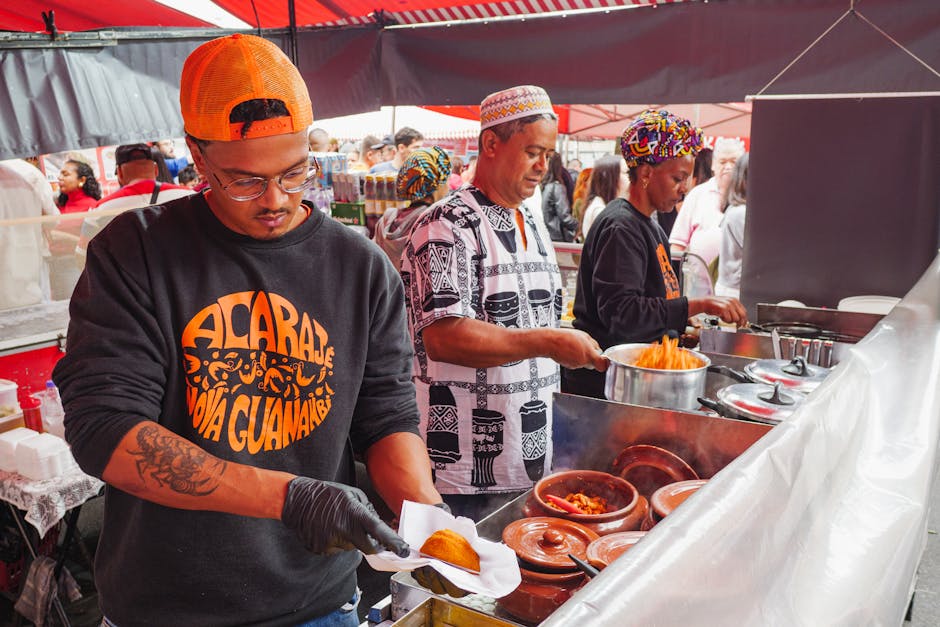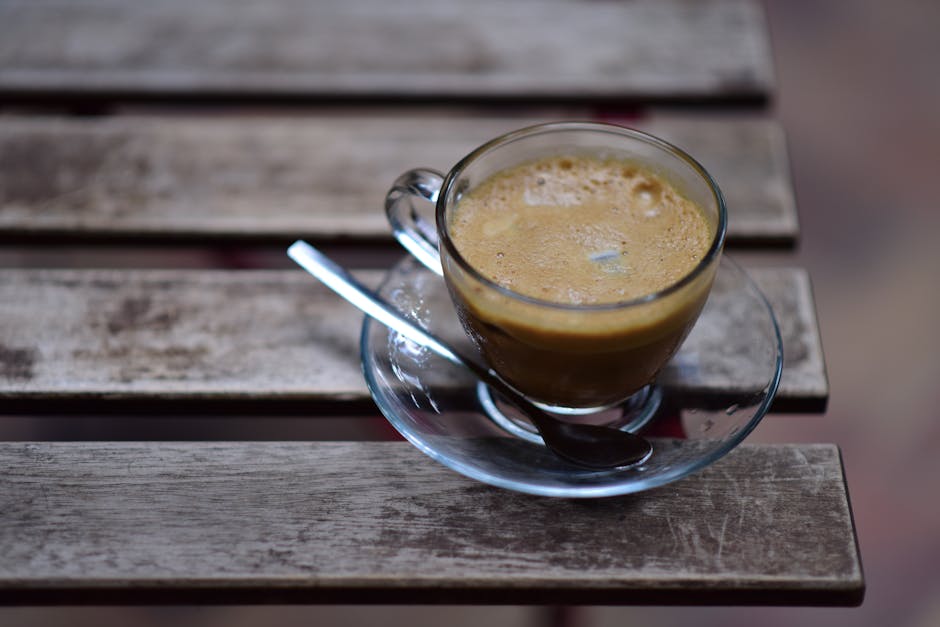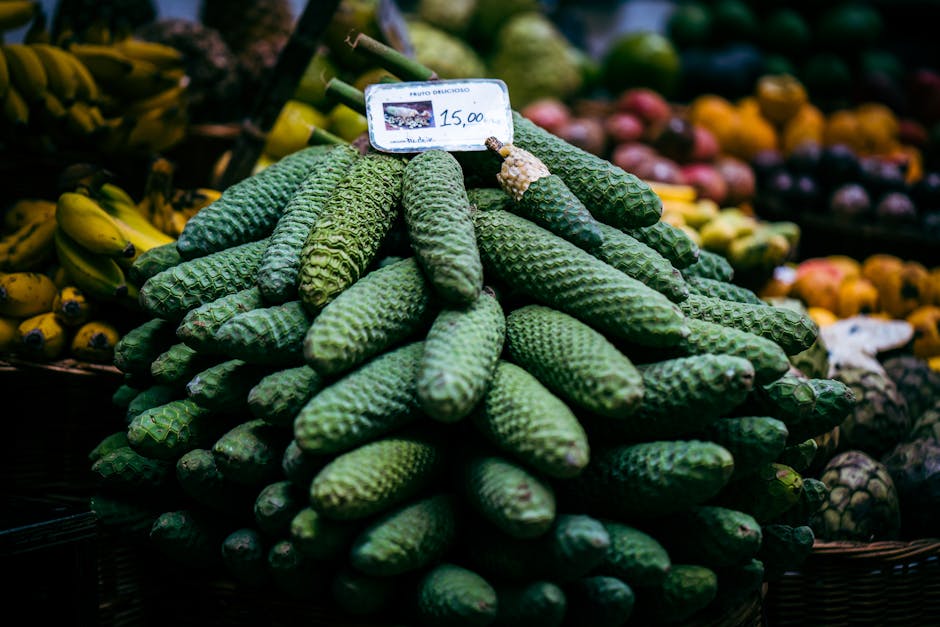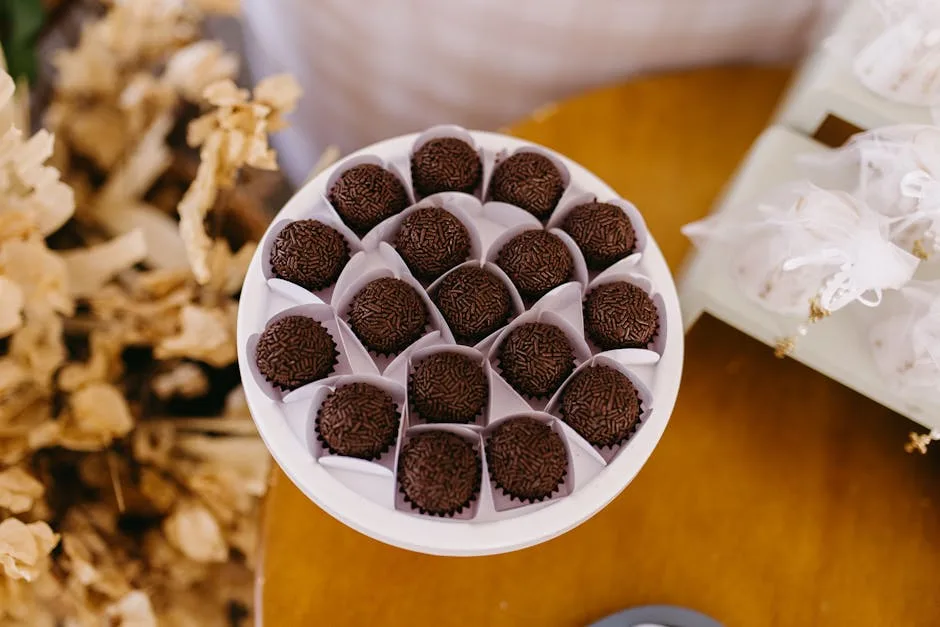Your Ultimate Culinary Guide to Brazil: More Than Just Beans and Rice!
So, you’re heading to Brazil! Get ready for breathtaking landscapes, infectious music, and some of the warmest people on the planet. But let’s talk about one of the most exciting parts of any trip: the food. brazilian cuisine is a vibrant, soulful tapestry woven from Indigenous, African, and European threads, and exploring it is an adventure in itself. It’s a journey of flavor that goes way beyond the steakhouse stereotype.
Forget everything you think you know. We’re about to dive fork-first into the essential, unmissable, and utterly delicious food experiences that will define your first trip to this incredible country. From sizzling street food to celebratory stews, here are the top 10 culinary moments you absolutely cannot miss.
1. Surrender to the Churrascaria Rodízio
Let’s get the most famous experience out of the way first, because it is truly spectacular. A Brazilian steakhouse, or churrascaria, is a temple of meat. The most popular format is the rodízio, an all-you-can-eat service style where servers, known as passadores, roam the dining room with massive skewers of sizzling, perfectly grilled meat, carving slices directly onto your plate.
What to Expect
You’ll be given a small coaster, usually green on one side and red on the other. Green means “go”—as in, “please keep bringing me endless amounts of glorious meat.” Red means “stop”—or, more accurately, “I need a brief pause to process this meaty nirvana before I can continue.” The star of the show is the picanha (top sirloin cap), a tender cut with a mouth-watering layer of fat. But don’t sleep on the fraldinha (flank steak), coração de galinha (chicken hearts), or the garlic-crusted beef. And don’t forget the massive gourmet salad and hot-food bar, which is often a feast in its own right, laden with cheeses, salads, and traditional side dishes.
2. Savor a Saturday Feijoada Completa
If Brazil has a national dish, it’s feijoada. This hearty, soulful black bean and pork stew is a cultural institution. Traditionally served on Wednesdays and Saturdays, it’s a slow-cooked masterpiece featuring various cuts of pork, sausage, and sometimes beef, all simmering together until rich and tender. It’s the ultimate comfort food and a communal experience meant to be shared with friends and family over several hours.
How to Eat It Like a Local
A feijoada completa comes with a whole entourage of side dishes designed to complement the rich stew. You’ll typically get a plate with fluffy white rice, sautéed collard greens (couve), toasted cassava flour (farofa), and slices of orange to help cut through the richness. A small glass of cachaça or a caipirinha is often considered the perfect digestive aid to kick things off. Don’t make any other big plans for the afternoon; a post-feijoada nap is practically part of the tradition.

3. Bite into Acarajé in the Streets of Salvador
Head to the northeast, specifically to Salvador, Bahia, and follow the incredible aroma of dendê oil (red palm oil) to a Baiana de Acarajé. These women, dressed in traditional white lace and colorful beads, are the guardians of one of Brazil’s most iconic street foods: acarajé. This dish is a delicious link to the region’s deep Afro-Brazilian roots.
The acarajé itself is a fritter made from a purée of black-eyed peas, seasoned with onion and salt, and deep-fried to a crispy golden brown in bubbling dendê oil. The Baiana will slice it open and ask if you want it “hot” or “cold” (quente ou frio?), which refers to the amount of spicy pepper sauce. It’s then stuffed with delicious fillings like vatapá (a creamy shrimp and coconut milk paste), caruru (an okra stew), and dried shrimp. It’s a flavor and texture explosion: crispy, soft, creamy, spicy, and utterly unforgettable.
4. Experience Açaí na Tigela (The Authentic Way)
You might think you know açaí from the sweetened, diluted smoothie bowls popular in the US and Europe, but you haven’t had the real thing until you’ve had it in Brazil. Açaí is a deep purple berry from a palm tree in the Amazon rainforest, and it’s a staple food there.
In Rio and the south, you’ll find it served as a thick, ice-cold, unsweetened or lightly sweetened purée in a bowl (na tigela), typically topped with sliced banana and granola for a refreshing, energy-boosting snack. However, if you travel north to Belém or Manaus, you’ll experience it the truly traditional way: unsweetened and served as a side dish to grilled fish or shrimp, often sprinkled with cassava flour. Trying both versions gives you a fantastic glimpse into Brazil’s regional culinary diversity.
5. Start Your Day with Pão de Queijo and a Cafezinho
Some of the best food experiences are the simplest. A perfect example is the daily ritual of pão de queijo and cafezinho. Pão de queijo are small, golden cheese bread rolls made with tapioca flour, which makes them gluten-free and gives them a uniquely chewy, airy texture. They’re crispy on the outside, soft and cheesy on the inside, and completely addictive.
You’ll find them everywhere, from bakeries (padarias) to snack bars (lanchonetes). The perfect partner is a cafezinho, a small but potent cup of strong, black coffee, often served pre-sweetened. It’s the Brazilian equivalent of an espresso shot and the fuel that runs the country. It’s the perfect, simple breakfast or mid-afternoon pick-me-up.

6. Debate the Merits of Moqueca (Bahiana vs. Capixaba)
Moqueca is a stunningly delicious Brazilian fish and seafood stew that sparks a friendly regional rivalry. There are two main styles, and trying both is a delicious debate you’ll want to have.
- Moqueca Bahiana: Hailing from Bahia, this version is richer and more complex. It’s made with fish and/or shrimp, bell peppers, tomatoes, onions, and a fragrant blend of coconut milk and dendê oil, which gives it a vibrant orange hue and distinctive flavor.
- Moqueca Capixaba: From the state of Espírito Santo, this version is lighter and brighter, allowing the fresh flavor of the seafood to shine. It omits the coconut milk and dendê oil, instead getting its color and a subtle flavor from annatto oil.
Both are traditionally cooked and served in a special clay pot and come with rice and pirão (a savory fish porridge) on the side. Our advice? Try both and pick your own winner!
7. Grab a Pastel and Caldo de Cana at the Feira
A visit to a Brazilian street market (feira) is a feast for the senses, and the quintessential market snack is a freshly fried pastel. These are large, rectangular, thin-crust pastries, deep-fried until bubbly and golden. They come with a variety of fillings, but classic choices include shredded beef (carne), cheese (queijo), heart of palm (palmito), or a sweet version with guava paste and cheese called Romeu e Julieta.
The absolute best way to wash down a hot, greasy pastel is with a glass of ice-cold caldo de cana, or sugarcane juice, pressed right before your eyes. The sweet, grassy flavor of the juice is the perfect counterpoint to the savory pastry. It’s a cheap, delicious, and authentically Brazilian experience.
8. Sip a Perfect Caipirinha on the Beach
You can’t go to Brazil without trying its national cocktail. The caipirinha is a beautifully simple and dangerously drinkable concoction made from just three ingredients: cachaça (a spirit distilled from sugarcane juice), fresh muddled limes, and sugar. While you can find it at any bar, there’s no better place to enjoy one than from a beachside kiosk (quiosque) with your toes in the sand.
The key is fresh ingredients and a good cachaça. Ask a local for a recommendation on a good artisanal brand. You can also find variations made with other fruits like passion fruit (maracujá) or strawberry (morango), but for your first time, you have to try the original lime version. It’s the taste of a Brazilian vacation in a glass.

9. Get Lost in a Mercado Municipal
For a true immersion into the heart of Brazilian food culture, spend a few hours exploring a municipal market. These bustling, chaotic, and wonderful places are where chefs and home cooks alike go to find the freshest produce, meats, cheeses, and spices. The famous Mercado Municipal in São Paulo is a must-see, known for its towering mortadella sandwiches and incredible fruit stalls.
This is your chance to try exotic Amazonian fruits you’ve never even heard of, like cupuaçu, jabuticaba, or cajá. Don’t be shy! The vendors are usually happy to offer you a sample. It’s a vibrant, colorful experience that will connect you directly to the source of Brazil’s incredible biodiversity and culinary wealth.
10. Indulge in a Brigadeiro (or Five)
Let’s end on a sweet note. The brigadeiro is Brazil’s most beloved treat. It’s not a fancy truffle; it’s a simple, nostalgic confection that tastes like childhood and celebration. Made by simmering sweetened condensed milk, cocoa powder, and butter until thick, the mixture is then cooled and rolled into little balls, traditionally covered in chocolate sprinkles.
They are the undisputed star of every single Brazilian birthday party, but you can also find them in bakeries and dessert shops. They are fudgy, gooey, and intensely satisfying. Trying a brigadeiro isn’t just about eating a dessert; it’s about tasting a little piece of pure Brazilian joy.





